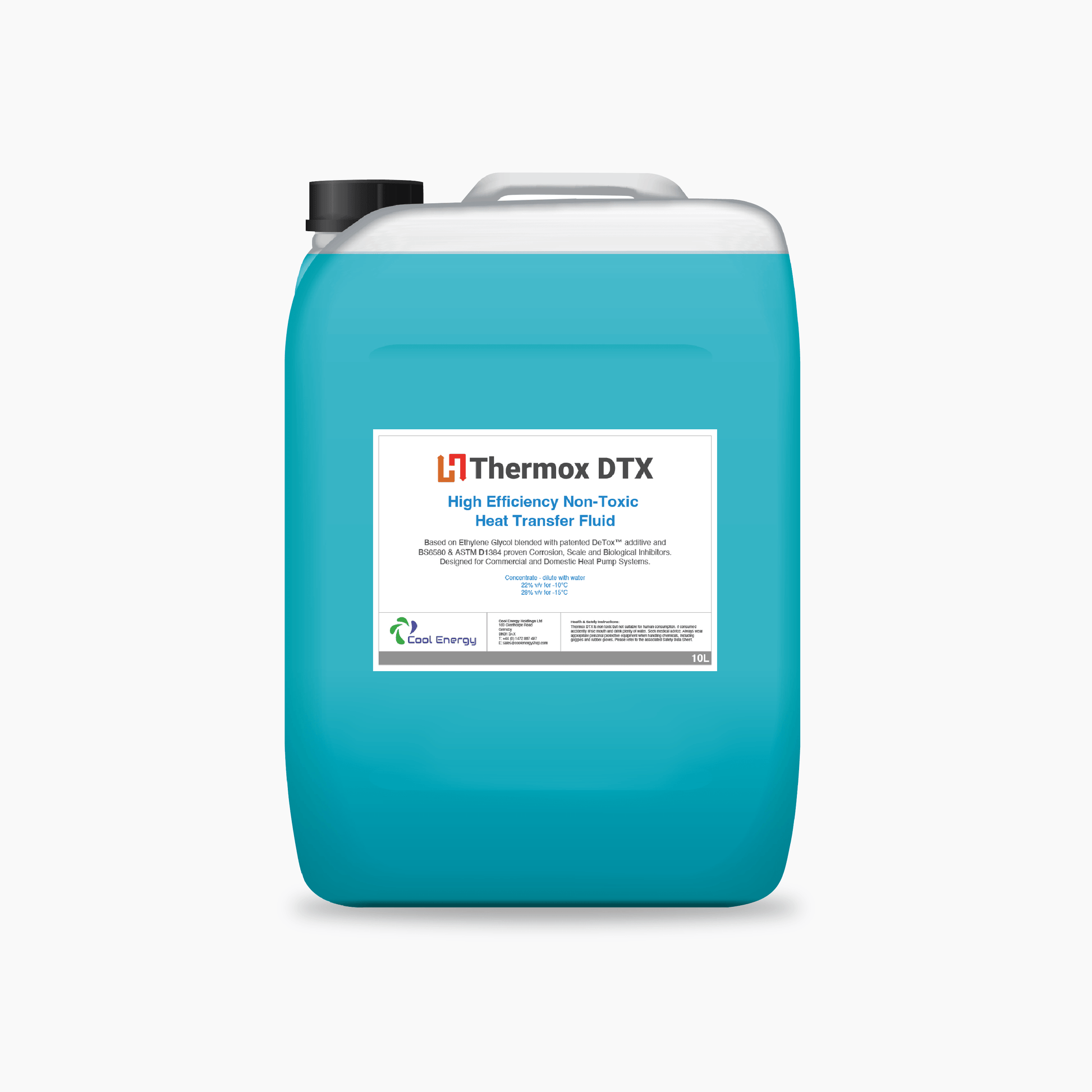How Heat Transfer Fluid Effects the Performance of A/c Equipments
How Heat Transfer Fluid Effects the Performance of A/c Equipments
Blog Article
Why Warmth Transfer Liquid Is Important for Optimizing Power Transfer in Solution
The duty of heat transfer liquids in optimizing power transfer is essential for attaining effective thermal monitoring throughout various industrial markets. These liquids help with seamless warm exchange, making certain procedures run within optimal temperature ranges and minimizing the risk of overheating. Their selection, based on elements like thickness and thermal security, straight affects the performance and sustainability of a system. However, the complexities of selecting the ideal liquid are often underestimated. What are the crucial factors to consider for this selection, and how do they influence both financial efficiency and environmental obligation in industrial applications?

Role in Thermal Administration
Warm transfer fluids play a vital function in thermal monitoring by successfully managing temperatures in different industrial processes and systems. These specialized fluids facilitate the transfer of warmth in between various elements, making sure ideal operating conditions and preventing getting too hot. By keeping exact temperature control, heat transfer liquids make it possible for industries such as chemical production, oil and gas, and power generation to run securely and successfully.
The choice of a suitable warmth transfer liquid relies on numerous aspects, including thermal security, warmth capability, and viscosity. High thermal stability guarantees that the fluid can hold up against extreme temperature levels without weakening, while a high warm capacity permits it to take in and release significant amounts of warmth - heat transfer fluid. Low thickness decreases the power required for pumping, adding to general system efficiency
In addition, warm transfer liquids are essential in applications like refrigeration, where they aid take in and dissipate warmth during the cooling cycle. In solar thermal power systems, these fluids capture and transportation solar heat to produce power or offer warm water. Their adaptability to varied operating conditions and capability to keep consistent thermal efficiency underscore their value in industrial thermal administration, helping with functional continuity and boosting precaution.

Enhancing System Performance
To make best use of the advantages of thermal administration, enhancing system efficiency with the critical use warm transfer fluids is vital. These liquids play an essential function in maximizing energy transfer by promoting constant thermal law, which consequently impacts the total performance and durability of systems. Reliable heat transfer causes minimized energy losses, lowered operational prices, and boosted reliability of devices. By keeping optimal temperature levels, heat transfer liquids aid ensure that systems operate within their created criteria, thus stopping getting too hot and reducing the threat of element failure.

Kinds Of Heat Transfer Fluids
The variety of warmth transfer liquids underscores their vital role in a range of commercial applications, each customized to satisfy certain thermal administration demands. These fluids facilitate efficient energy transfer and are selected based upon crucial buildings such as thermal security, viscosity, and heat capacity. The primary kinds consist of water, glycol options, oils, and synthetics, each offering unique advantages.
Water is one of the most usual warm transfer medium as a result of its high details warmth ability and reduced cost. Its usage is restricted by its cold and boiling factors. Glycol combinations, commonly used in heating and cooling systems, provide a reduced more freezing point, adding convenience in different environments. Mineral oils are favored for their thermal stability and non-corrosive nature, making them appropriate for high-temperature applications.

These liquids make certain superior efficiency in systems where traditional liquids might fall short. The option of a warmth transfer liquid is vital, as it affects system performance, safety and security, and long life.
Environmental and Economic Perks
Making use of my explanation the ideal warm transfer fluids provides considerable environmental and economic benefits for commercial operations. By selecting fluids with superior thermal stability and high warmth ability, industries can boost power effectiveness, causing decreased fuel intake and reduced greenhouse gas discharges. This adds to a smaller carbon footprint and aligns with global sustainability objectives. Eco-friendly heat transfer liquids, commonly eco-friendly and non-toxic, reduce the threat of soil and water contamination in case of leaks or spills, consequently safeguarding environments and complying with rigorous ecological laws.
Economically, the best heat transfer fluid can significantly reduce operational prices. Liquids with extensive lifecycle efficiency decrease the frequency of substitutes and upkeep, minimizing downtime and connected expenses. On the whole, the critical usage of ideal warm transfer fluids sustains lasting economic growth and ecological stewardship.
Choosing the Right Liquid
How does one browse the complicated process of selecting the appropriate warmth transfer liquid for industrial applications? Thermal stability makes sure the liquid can hold up against high temperatures without weakening, while compatibility avoids rust or various other detrimental reactions with system elements.
In addition, the liquid's warm capability and viscosity are critical. A high heat ability permits the liquid to absorb and transfer even more power, improving efficiency.
Conclusion
The go to website calculated selection and application of warm transfer fluids are essential to optimizing power transfer throughout different systems. By ensuring high thermal stability and ability, these fluids supply precise temperature level control and enhance general system performance.
Report this page